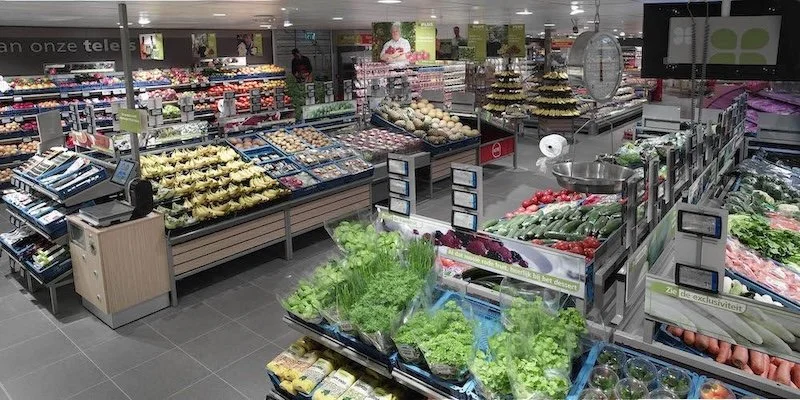Reviewing the economically sustainable retail developments in construction site workwear
The workwear industry is increasingly addressing sustainability as a core principle, driven by increased environmental awareness and consumer demand for eco-friendly products.
This shift towards sustainability is manifesting in several key areas from material selection to manufacturing processes and end-of-life considerations. Here we provide an explanation of how workwear is becoming more sustainable in the retail sector.
Sustainable Materials
One of the main ways workwear is becoming more sustainable is using eco-friendly materials. Companies are now choosing organic cotton, which is grown without pesticides and fertilisers, and therefore lessens environmental impact.
Recycled materials such as polyester, engineered from post-consumer plastic bottles, are also becoming popular. These materials reduce waste and lower the carbon footprint related to producing new textiles. In addition, natural fibres such as hemp and bamboo are being used for their sustainability and durability.
Eco-Friendly Manufacturing
The manufacturing of workwear is being redesigned to minimise environmental impact. This includes adopting water saving technologies such as closed-loop water systems that recycle water during production.
Energy efficient machinery and renewable energy sources are also being used to reduce carbon emissions. Furthermore, companies are reducing chemical use by selecting non-toxic dyes and finishes which are less harmful to the environment and workers involved in the production process.
Circular Economy
The notion of a circular economy is well understood in the workwear industry. It involves creating products with their entire lifecycle in mind, ensuring they can be easily repaired, reused or recycled. Some companies are supporting return schemes where consumers can send back used garments for recycling or repurposing.
This not only reduces waste but also encourages the development of new products from recycled materials. In addition, modular designs that enable easy replacements of worn-out parts are being looked at to extend the lifespan of workwear.

Ethical Supply Chains
Sustainability in workwear also encompasses ethical considerations. Companies are prioritising transparency in their supply chains, ensuring that materials are sourced responsibly and that workers are treated fairly. This includes adhering to fair labour practices, providing safe working conditions and giving fair wages.
Innovative Design
Creating workwear for durability and longevity is another important element of sustainability. By creating high quality garments that withstand wear and tear, companies can reduce the regularity of replacement and so lessen overall consumption. This involves using robust materials, reinforced stitching and enduring designs that remain functional and stylish over time.
Consumer Awareness
Educating consumers on the benefits of sustainable workwear is important for driving demand. Companies are increasingly transparent about their sustainability principles, using labelling and marketing to highlight eco-friendly properties. This enables consumers to make informed choices and encourages a shift towards more sustainable consumption trends.
The workwear industry is making meaningful strides towards sustainability by adopting eco-friendly materials, improving manufacturing processes, embracing circular economy principles, demanding ethical supply chains and designing for longevity.
These efforts not only reduce environmental impact but also align with the growing consumer demand for sustainable products. As the industry continues to innovate, we can expect further advancements that will improve the sustainability of workwear, contributing to a more sustainable future.






























Continue reading…